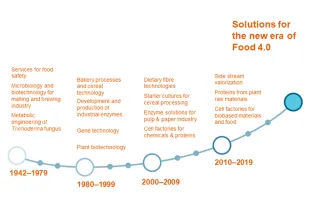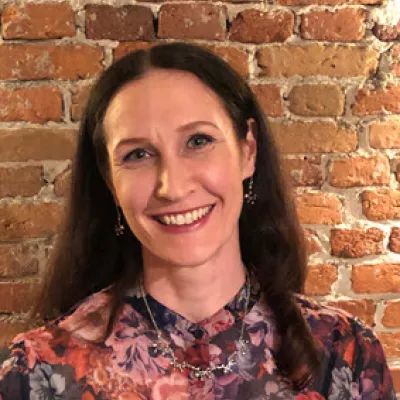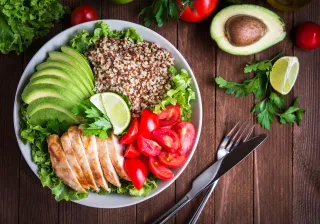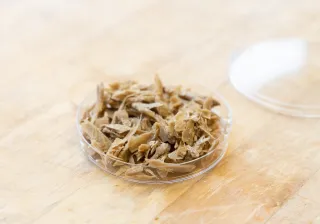By 2050, we need 60% more food. How to feed everybody without increasing carbon dioxide emissions? By making the most of nature’s resources we can also promote people’s health and well-being. VTT shows the way and presents four solutions.
VTT shows the way and presents four solutions
- VTT reshapes the way we use raw materials. We are changing food production processes, so that all parts of raw materials can be utilised directly and efficiently as food. For example, we have developed oat fractionation technologies to produce oat fibres, proteins and carbohydrates, which can be used for new kinds of food.
- VTT transforms raw materials previously used as animal feed into human food. We develop hybrid ingredients: we remove the undesired components of raw materials and make use the valuable ones. By utilising the raw material as efficiently as possible, we diminish waste. At the same time, we are making food healthier by adding fibre and plant protein.
- VTT uses microbes to produce energy and nutrients. We develop food production that is not dependent on animals or fields. For example, famine can be prevented by producing nutrients with microbial cells in bioreactors. This is done by using sustainable energy and feedstock sources.
- VTT’s cell factories lead the way towards ethical food solutions. With cell factories we harness microbes and plant cells to produce ingredients for delicious food. With our methods microbes produce animal proteins such as egg white proteins without chickens and milk proteins without cows.

Food 4.0 offers a sustainable and healthy solution –and alternatives to animal-based food. VTT’s vision: Food in the year 2050
- Plant-based raw materials are used mostly for food, not animal feed.
- Food raw materials are used in a versatile way and they support health and well-being.
- Circular economy of nutrients, energy and water is an integral part of primary production and manufacturing industry.
- Food is also produced without fields or animals; primary production moves partly into cell factories and vertical farms.
- Food manufacturing will be hyperlocal and personalized to meet consumer needs.
- Sustainable food solutions support people’s health and well-being.
Food production is EU’s largest production branch –and it’s changing globally (Ref.European Food and Drink Industry 2017, ETL and Statista
- In Finland 1 in 10 work in the agro-food business
- Food industry is the biggest manufacturer of consumer products in Finland
- Global ingredient market is estimated to grow from 265 to 400 billion euros from the year 2016 to 2022
- Protein manufacturing industry will grow 7% annually
- European Food and Drink Industry 2017, ETL and Statista






